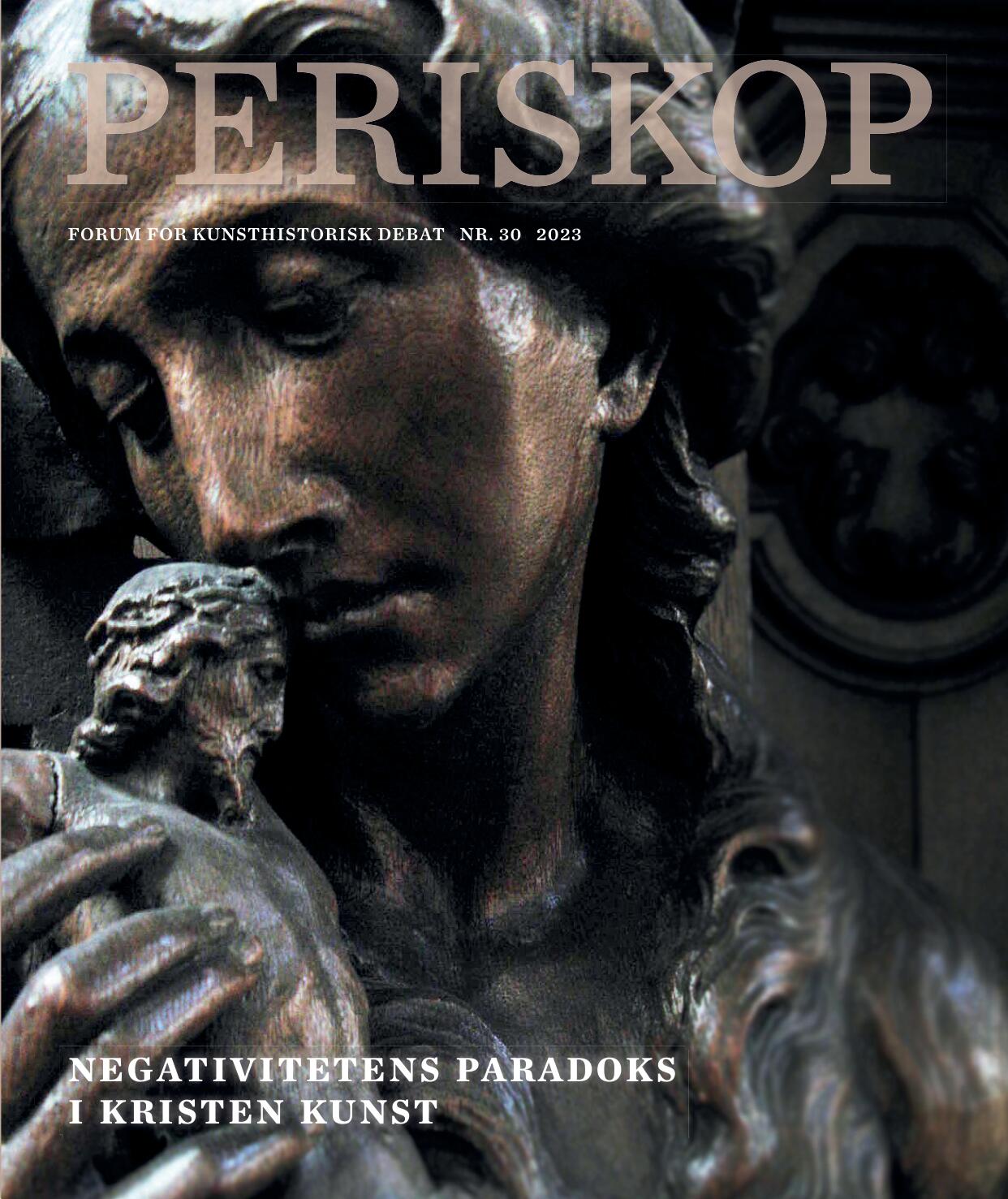Ikonoklasten Paulus?
Fra billednegation til billedrestitution i Første Thessalonikerbrev
DOI:
https://doi.org/10.7146/periskop.v2023i30.141985Abstract
This article deals with the first letter written by the apostle Paul, known as the First Letter to the Thessalonians (c. 50 CE), suggesting that by reading the letter as a document in the history of visuality as well as religious statement, it testifies to a dialectic within Paul’s theological anthropology. For the new Christians, Paul advocates the abolishment of cult images, which were ubiquitous in the Roman empire. But concurrent to his iconoclastic argument is an insistence on the members of the Thessalonian church taking on the role as religiously informed images themselves. Thereby, the letter shows Paul’s negative, iconoclastic attitude towards images being contradicted dialectically by the reemergence of an alternative type of image within the very same religious community instructed to disavow religious imagery. The article thus aims to situate the contents of the letter within the visual culture of the Roman empire, drawing on both textual evidence and images expressing the cultural patterns in question.
Downloads
Published
How to Cite
Issue
Section
License
Copyright (c) 2023 Thomas Lederballe Pedersen

This work is licensed under a Creative Commons Attribution 4.0 International License.
Forfattere, der publicerer deres værker via dette tidsskrift, accepterer følgende vilkår:
- Forfattere bevarer deres ophavsret og giver tidsskriftet ret til første publicering, samtidigt med at værket 12 måneder efter publiceringen er omfattet af en Creative Commons Attribution-licens, der giver andre ret til at dele værket med en anerkendelse af værkets forfatter og første publicering i nærværende tidsskrift.
- Forfattere kan indgå flere separate kontraktlige aftaler om ikke-eksklusiv distribution af tidsskriftets publicerede version af værket (f.eks. sende det til et institutionslager eller udgive det i en bog), med en anerkendelse af værkets første publicering i nærværende tidsskrift.
- Forfattere har ret til og opfordres til at publicere deres værker online (f.eks. i institutionslagre eller på deres websted) forud for og under manuskriptprocessen, da dette kan føre til produktive udvekslinger, samt tidligere og større citater fra publicerede værker (se The Effect of Open Access).


